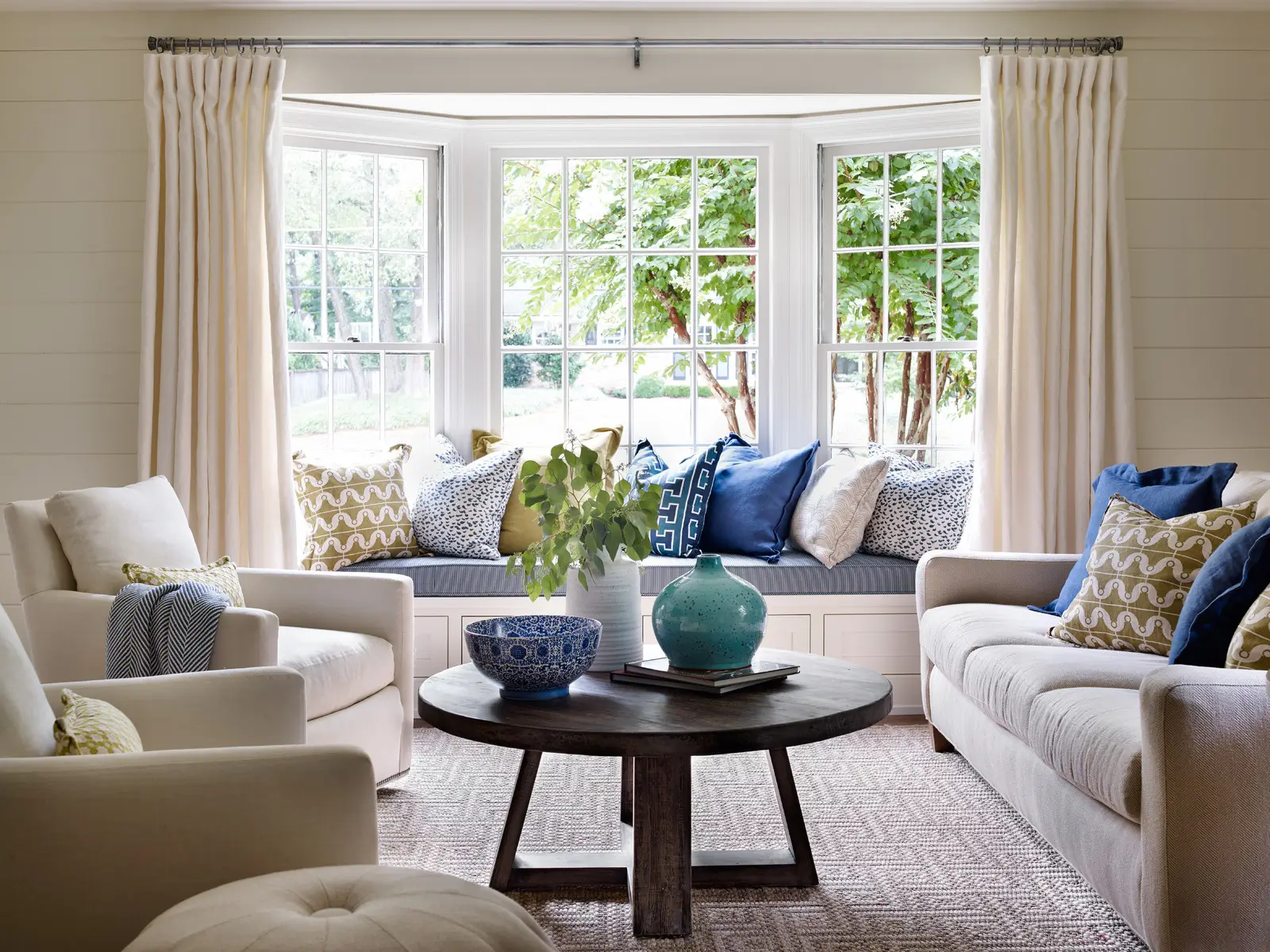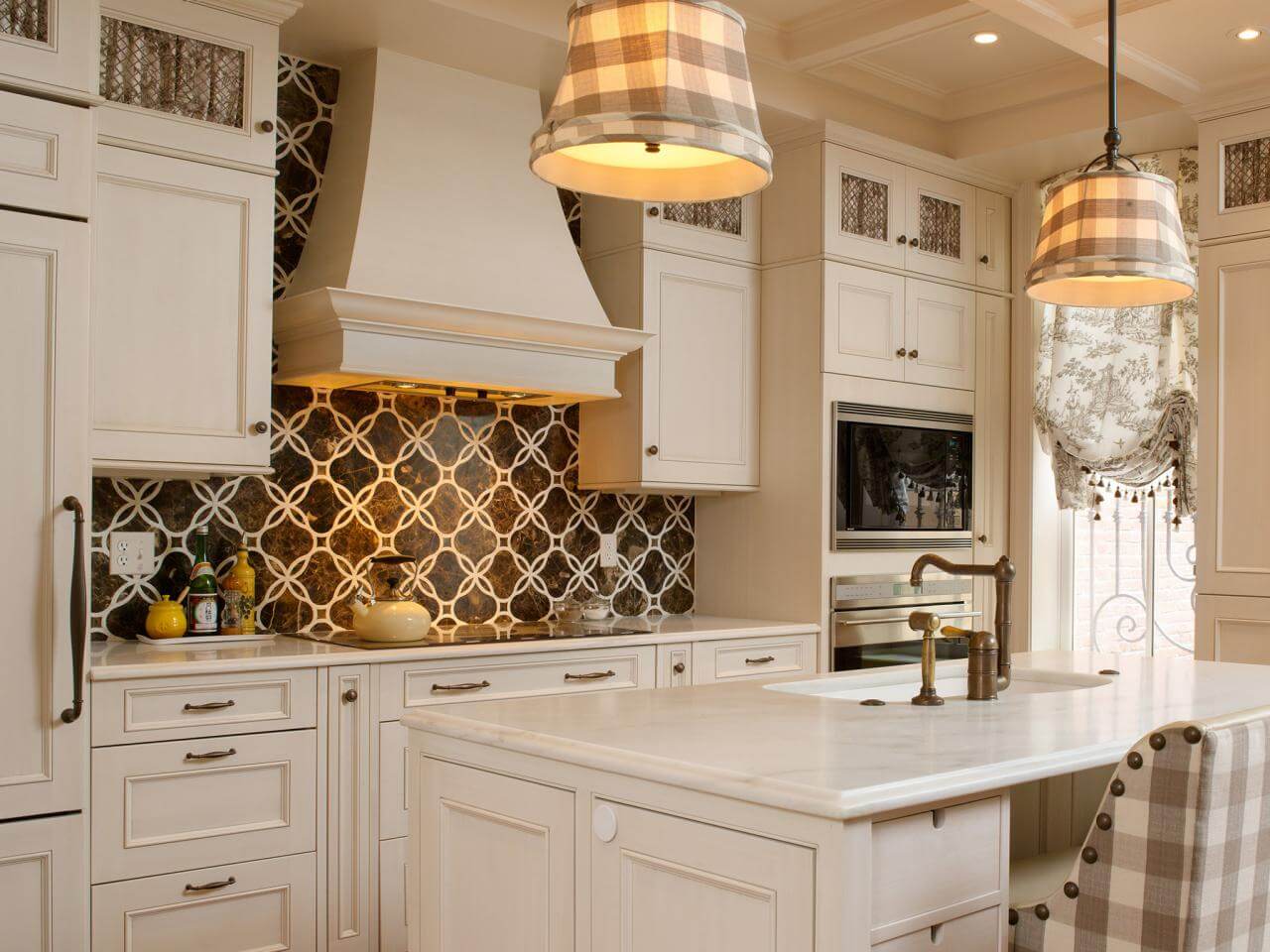Home design is the result of making many decisions. While a set of decisions is involved in it, one of the most powerful decisions includes window placement. A blend of historic charm and modern living takes place in San Antonio, Texas, which gives the placement of windows a significant role for enhancing interior and exterior aesthetics. The windows are important to ensure savings in energy, natural light, ventilation, and a comfortable environment for living. This blog explores strategies for designing, which maximize functionality, aesthetic appeal, and comfort—a home absolutely suited for the warm Texan climate and the vibrant local architecture.
The Multifunctional Role of Windows
Home windows are a key component of any building design and hold several vital roles.
Natural Light: They reduce the need for artificial light, which naturally brightens your home. They may thus help you save on energy costs.
Ventilation: Windows bring fresh outdoor air into your home, which enhances indoor air quality.
Views: Good window placement frames the scenery outside, giving your inside walls a living picture of nature.
Aesthetic and Architectural Design: Windows dominate the appearance of your home and thus influence, to a great extent, the interior and exterior designs of your dwelling.
Key Aspects to Optimize Window Placement
Orientation
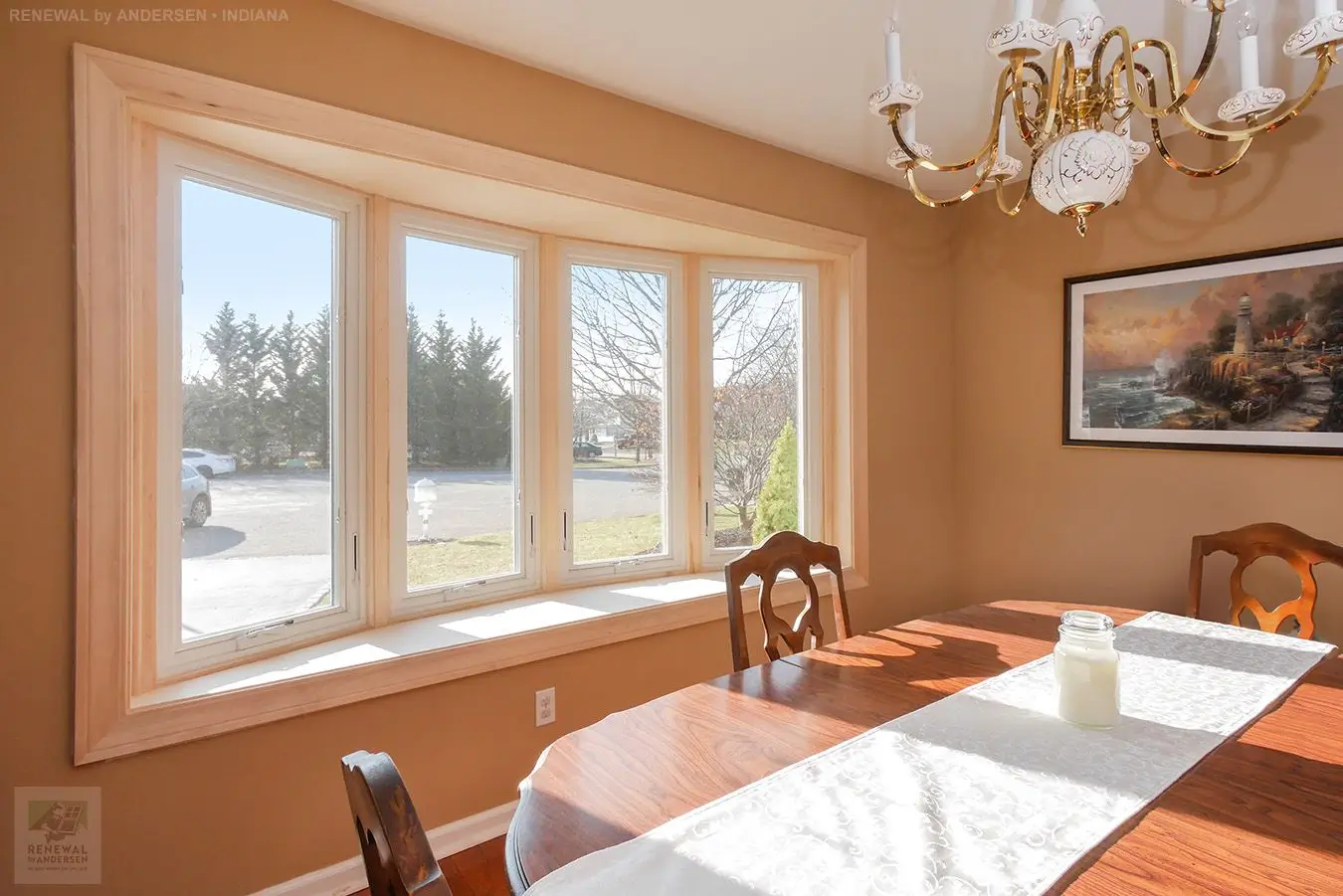
source: pinterest
South-facing windows: They bring in the sun in colder months, thereby assisting in house heating. During the summer months, sunshades or eaves can be used to banish the heat.
North-facing windows: These bring in soft, diffused light throughout the day, which is perfect for areas where you do not need strong, direct lighting.
East-facing windows: They bring in the early morning sun, which is perfect for breakfast areas and bedrooms—areas where the early morning light can help set the day on the right track.
West-facing windows: They allow beautiful sunsets, but are subject to heavy afternoon sun, which is not so great in hot climates unless they are properly shaded.
Functional Design by Room
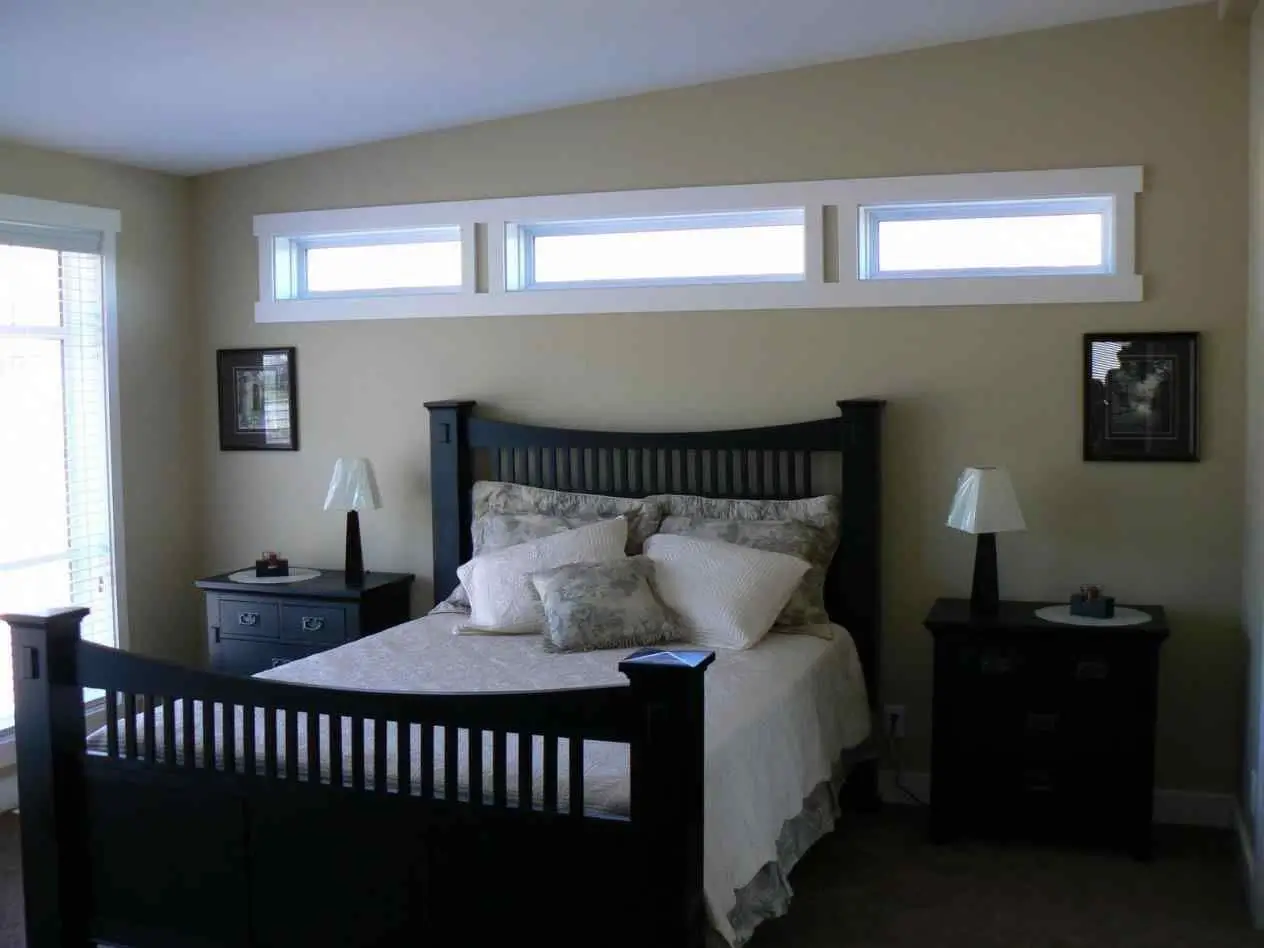
source: Pinterest
Living Rooms: Large windows or glass doors opening into outside spaces make living rooms feel larger and more inviting.
Kitchens: Operable windows above the counter or sink provide ventilation; a combination of windows to maximize daylight with minimal overwhelming effect.
Bedrooms: Positioning windows to give the best combination of privacy and natural light, depending on the path of the sun to facilitate waking up.
Bathrooms: High, frosted windows to bring in light while providing privacy.
3 Local Climate and Environmental Factors
Be conversant with your local climate. For example, in hot and sunny areas, you may reduce the cooling needs by not letting direct sunlight pass into the rooms through windows. In colder regions, you can add more sunlight to reduce heating demands. – Be conversant with the prevailing winds in your local weather patterns and plan for appropriate ventilation.
Views and Aesthetic Considerations
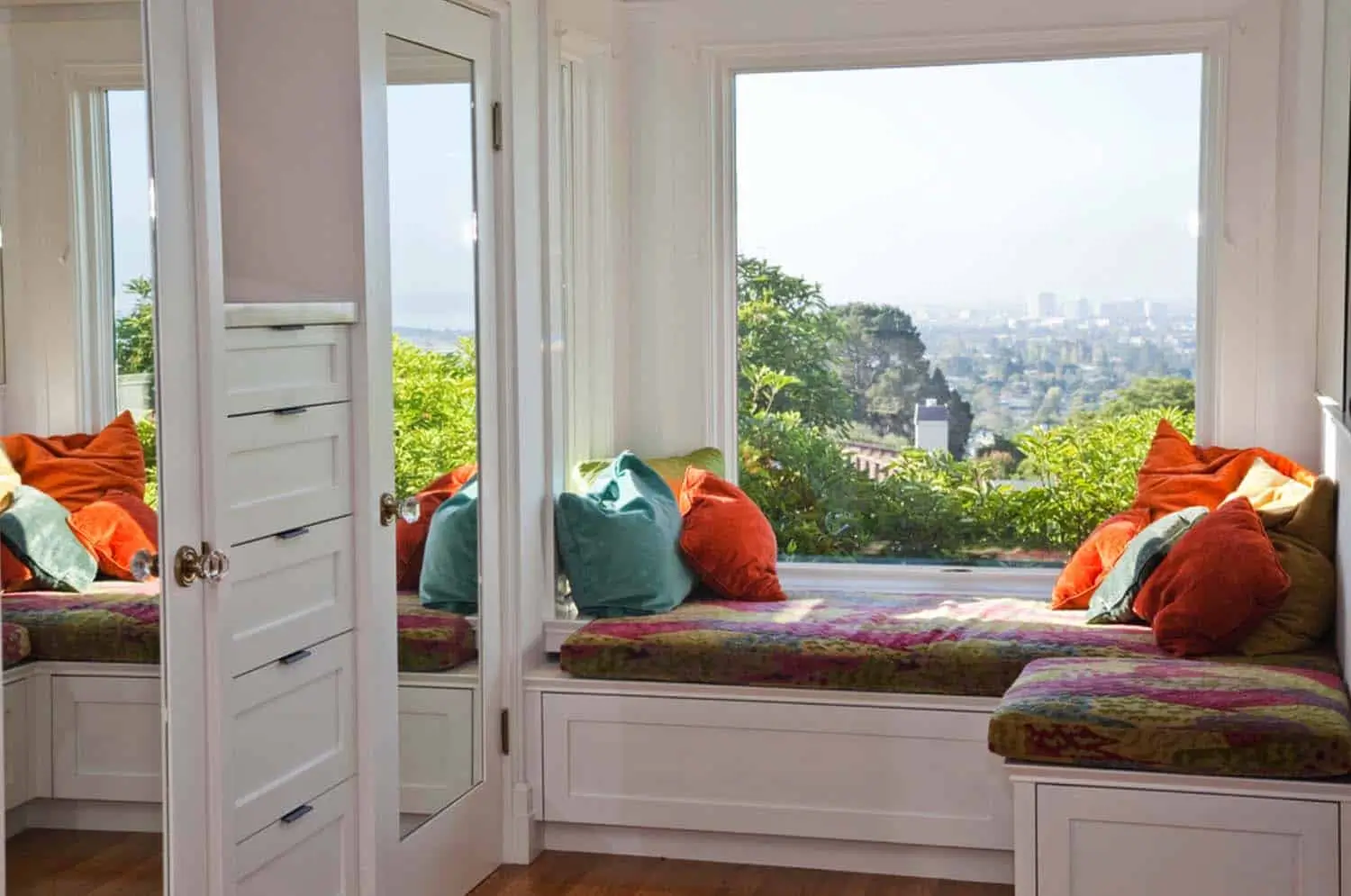
source: One Kindesign
For a placement, maximize the views and minimize undesired ones. This is going to include the architectural features which further accentuate views as well as a sense of space within the rooms, for example, using bay windows. – The size, shape, and style of the windows should mesh with the architectural integrity of the house.
Privacy Concerns
Strategic placement or use of textured glass can provide seclusion, especially in an urban setting or close-quarter living.
Energy Efficiency
High-performance windows including low-E coatings, argon gas fill, and double or triple glazing can drastically improve the thermal efficiency of a home. Proper placement can further make good use of natural light and reduce the need for artificial heating and cooling.
Advanced Strategies for Window Placement
Combine Technology
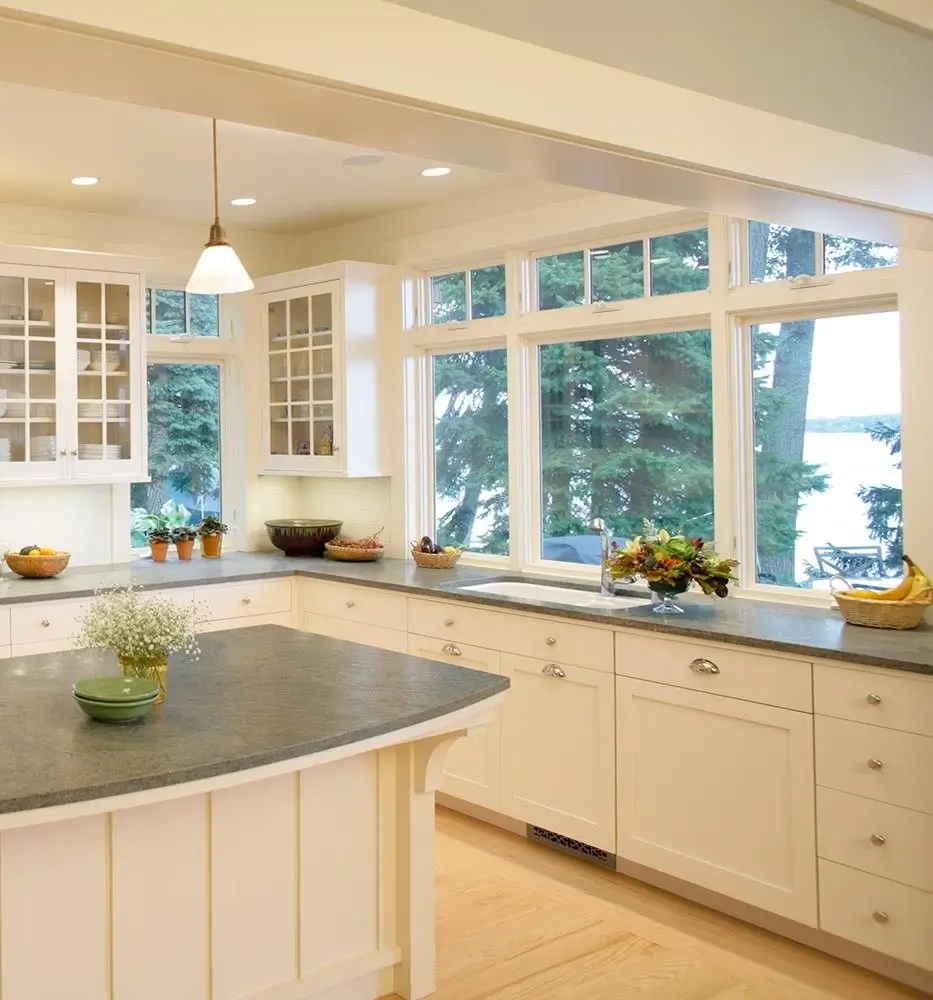
source: Pinterest
State-of-the-art innovations such as smart glass, which is able to go transparent with an increased amount of light or switch to an opaque mode at the touch of a switch, provide dynamic solutions for managing privacy and light.
Building Orientation and Window Placement
For a new build, it may be critical to orientate the building so it can fully take advantage of the path of the sun as well as the wind patterns.
Indoors and Outdoors
Consider how windows can be used to link the inside with the outside. Use of large sliding or folding doors can completely open up walls, making it possible to blend indoor and outdoor living areas.
Interior Reflections
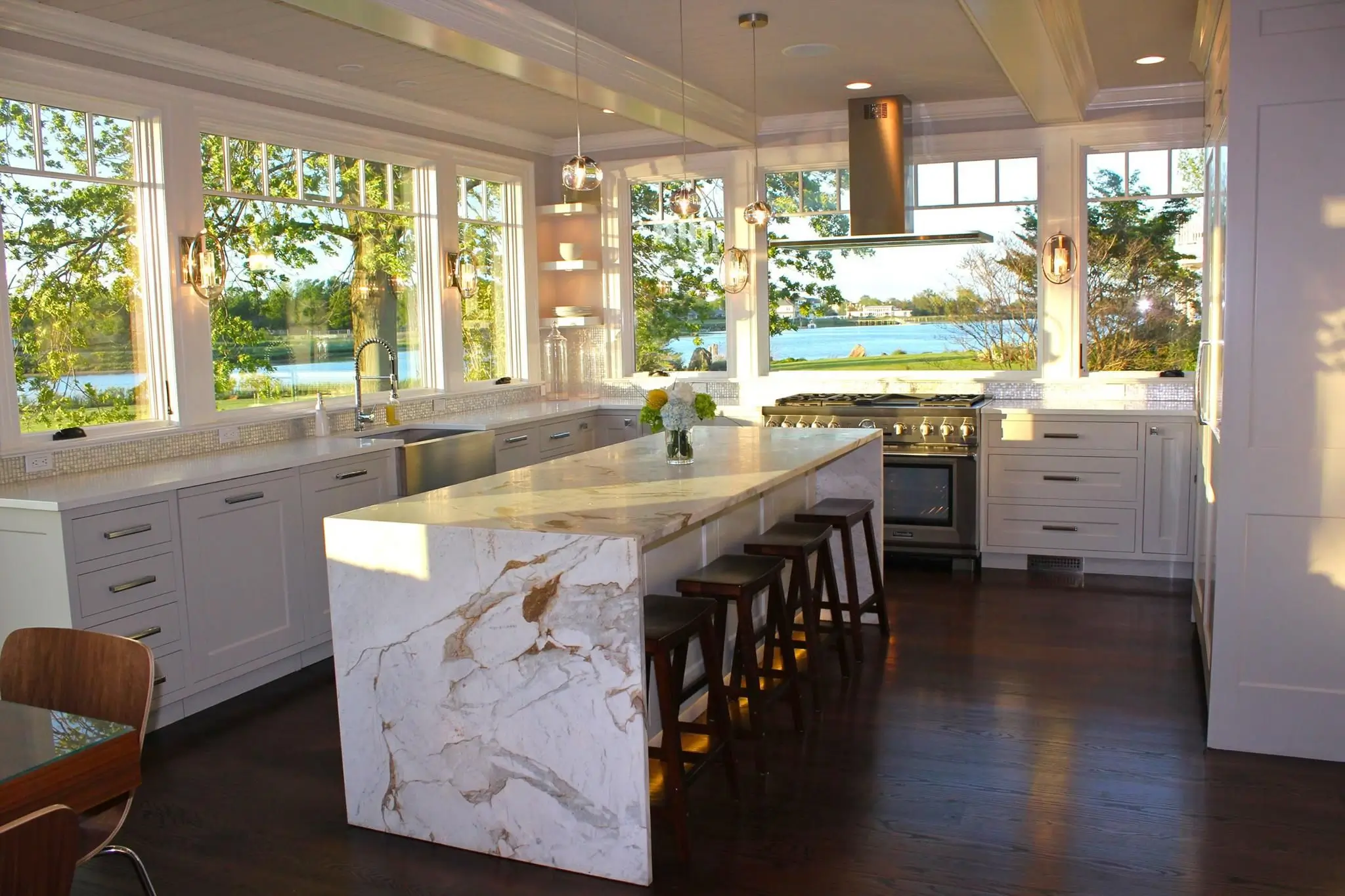
source: pinterst
Consider how light reflects within your interiors. Use of reflective surfaces can further brighten rooms, thereby reducing the need for additional artificial light.
Putting Your Window Placement Plan into Action
Planning to the last detail and professional advice from architects will make sure every window in your home has a purpose. Whether it’s a picture window to capture the perfect view, the skylights can flood your home with light, or the windows are specifically placed depending on the house, all attention and thought should be given on all the decisions because they enhance the living of your home.
In short, thoughtful window placement is a design philosophy that, from a pure building physics point of view, becomes a foundation of home design—determining, at one and the same time, how energy-efficient and comfortable a living space is and what kind of daily experience of its occupants the windows will bring in terms of light, air, and beauty. Orientation and aesthetic alignment with architectural style will make such a house beautiful and environmentally attuned.

